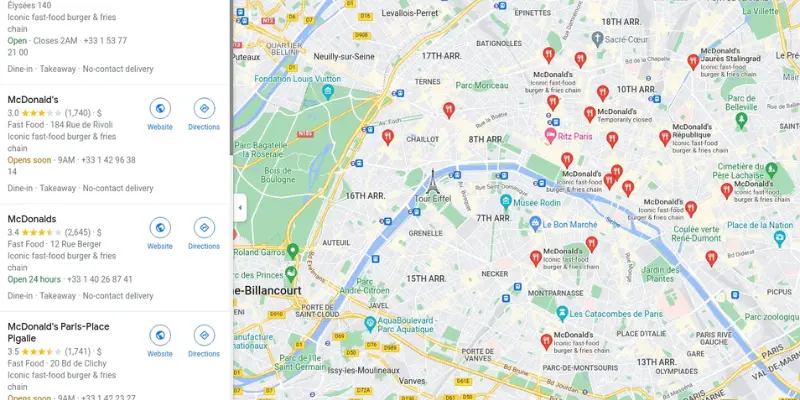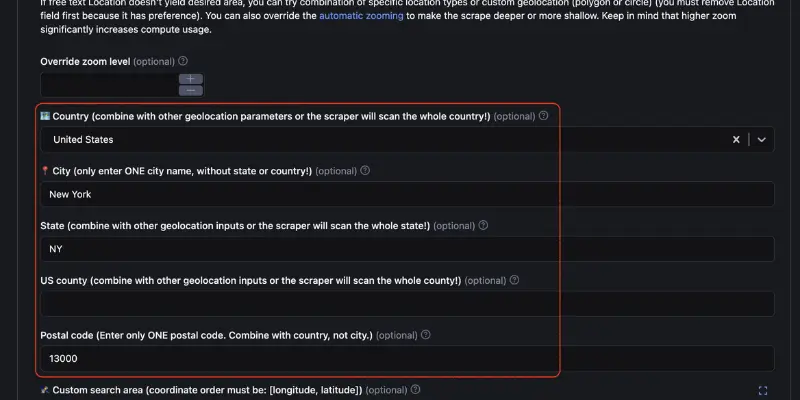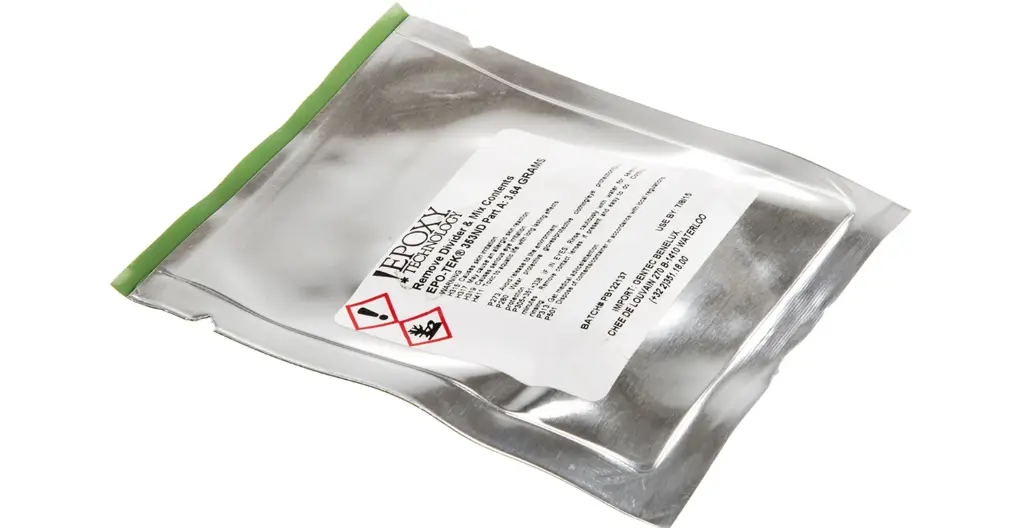Scrape Address Data From Google Maps Business
Updated: 04 Apr 2025
Scrape address data from google maps business. Have you ever needed a list of business addresses from Google Maps but found it tedious to gather them manually? Whether you are creating a marketing contact list, analyzing competitors, or planning a business expansion, having access to accurate business address data can be incredibly useful.
Google Maps is one of the most reliable sources for this kind of information, offering details like business names, locations, and even customer reviews. However, extracting this data manually can be time consuming and overwhelming. That is where data scraping comes in.
well show you how to efficiently scrape address data from Google Maps. Dont worry if you are not a tech expert well break it down into simple steps and explain everything in easy to understand terms. Plus, well cover the tools, tips, and best practices you will need to ensure the process is smooth, ethical, and effective.
What Is Scrape Address Data From Google Maps Business?
Scraping address data from Google Maps business listings refers to the process of extracting publicly available business information, such as names, addresses, phone numbers, and other details, directly from Google Maps. This technique is often used by businesses, researchers, or developers to collect structured data for various purposes, such as:

- Building Contact Lists: For marketing campaigns or customer outreach.
- Competitor Analysis: Understanding the presence of similar businesses in a specific area.
- Data Enrichment: Adding location data to an existing database for better insights.
The process involves using tools or scripts to automate the collection of this data, rather than manually copying it. While it can save a lot of time and effort, scraping must be done ethically and in compliance with legal and privacy regulations to avoid misuse or violations of terms of service.
For example, a food delivery startup might scrape restaurant addresses from Google Maps to populate its app with local dining options, ensuring users can quickly access accurate information.
You May Also Visit This Link: Branded Title Financing
Why Scraping Address Data from Google Maps is Important
Collecting address data from Google Maps can be highly beneficial for businesses, researchers, and developers. Here are some key reasons why this process is important:
1. Streamlines Business Operations
- Efficient Data Collection: Automating the process saves time compared to manually gathering business information.
- Centralized Data Storage: Creates a structured and comprehensive dataset that is easy to analyze and use.
2. Supports Business Growth
- Market Research: Identifies high-potential areas for opening new locations or targeting customers.
- Competitor Analysis: Provides insights into competitors presence, helping businesses strategize effectively.
- Customer Insights: Helps understand the density and demographics of businesses in a specific area.
3. Enhances Marketing Strategies
- Targeted Campaigns: Enables the creation of accurate contact lists for outreach programs.
- Lead Generation: Gathers data to identify potential business opportunities in specific regions.
- Geo-targeted Ads: Improves ad placements by focusing on businesses in specific locations.
4. Facilitates Research and Innovation
- Urban Development Studies: Helps researchers understand business distributions in cities or regions.
- Data Enrichment: Integrates location data into existing systems for analysis or app development.
- Smart Apps Development: Supports location-based app features, like delivery or local service applications.
5. Enables Better Decision-Making
- Data-Driven Insights: Provides actionable insights based on geographic business trends.
- Customized Solutions: Businesses can tailor their services to match the density and type of businesses in specific areas.
6. Saves Time and Resources
- Automation: Reduces manual effort, freeing up resources for other tasks.
- Cost-Effective: Scraping is often a more economical method of collecting data than hiring individuals for manual data entry.
By automating the collection of address data from Google Maps, individuals and businesses can unlock valuable insights, improve operations, and stay ahead of the competition, all while reducing time and effort.
Step-by-Step Guide to Scraping Address Data from Google Maps Business
Scraping address data from Google Maps can be a straightforward process if you follow the right steps. Here is a step by step guide to help you extract business address data easily and effectively.
Step 1: Set Up Your Environment
Before you start scraping, you need to set up your environment. Heres how to do that:
Install Python (if you do not have it already):
Python is one of the most popular languages for web scraping.
- Download and install Python from python.org.
Install Necessary Libraries: You will need libraries like requests, BeautifulSoup, and pandas to scrape and store the data. Install them using pip:
pip install requests beautifulsoup4 pandasStep 2: Identify the Target Data on Google Maps
Go to Google Maps
Open Google Maps.
Search for a Category or Business
For example, search for “restaurants in New York” or “plumbers in Los Angeles.” This will bring up a list of businesses in that category.
Inspect the Structure
Open the business listings and inspect the page structure to locate the data points you need (name, address, phone number, etc.). You can use Google Chrome is Developer Tools (right-click the page > “Inspect”) to see how the data is structured in HTML.

Step 3: Write Your Scraping Script
Here is a basic example using Python. This script will send a request to Google Maps, parse the HTML, and extract business names and addresses.
import requests
from bs4 import BeautifulSoup
import pandas as pd
# Define the URL of the Google Maps search results (example)
url = "https://www.google.com/maps/search/restaurants+in+New+York/"
# Set the headers to mimic a real browser request (to avoid being blocked)
headers = {
'User-Agent': 'Mozilla/5.0 (Windows NT 10.0; Win64; x64) AppleWebKit/537.36 (KHTML, like Gecko) Chrome/58.0.3029.110 Safari/537.36'
}
# Send a GET request to the URL
response = requests.get(url, headers=headers)
# Check if the request was successful (status code 200)
if response.status_code == 200:
# Parse the response with BeautifulSoup
soup = BeautifulSoup(response.text, 'html.parser')
# List to store extracted business data
businesses = []
# Extract business details (names and addresses) by inspecting the HTML structure
for listing in soup.find_all('div', class_='your-target-class'): # Adjust the class based on actual HTML structure
name = listing.find('span', class_='business-name-class').text # Adjust based on actual HTML structure
address = listing.find('span', class_='address-class').text # Adjust based on actual HTML structure
businesses.append({'Name': name, 'Address': address})
# Convert the data into a DataFrame
df = pd.DataFrame(businesses)
# Save the data to a CSV file
df.to_csv('google_maps_business_data.csv', index=False)
print("Data saved successfully!")
else:
print("Failed to retrieve data. Status code:", response.status_code)Step 4: Handle Pagination
Google Maps may show results across multiple pages. To handle this, you can modify your script to loop through pages. For example, you can identify the next pages URL in the HTML and automate the process of moving through pages.
Look for the Next Button
- Inspect the HTML for a “next” button that links to the following page.
Update Your Script
- Add a loop to visit the next page until no more pages are available.
Step 5: Validate and Store the Data
Once you have extracted the address data, it is important to:
Clean the Data
- Remove any irrelevant or incomplete information, and format it in a structured way (e.g., standardizing the address format).
Store the Data
- Save the extracted data into a format you can easily use, such as a CSV file, Excel, or database.
- Save as CSV:
df.to_csv('business_data.csv', index=False)- Save as Ecxel:
df.to_excel('business_data.xlsx', index=False)Step 6: Test and Troubleshoot
Scraping may not always go as planned, so here are a few common issues and solutions:
CAPTCHAs or Blocks
- Google may block your IP or ask you to verify you are not a robot. You can try rotating IP addresses or using services like ProxyCrawl to bypass these blocks.
Dynamic Content
- Some content may be loaded dynamically with JavaScript, in which case, use a tool like Selenium or Puppeteer to handle JavaScript rendering.
Data Structure Changes
- Google Maps frequently updates its HTML structure. Keep an eye on any changes and adjust your scraping logic accordingly.
Step 7: Monitor and Maintain Your Scraping Script
Regular Updates
- Monitor the performance of your script and make sure it continues to work as Google Maps may update its layout or structure over time.
Respect Google is Terms of Service
- Be mindful of Google usage policies. Instead of scraping directly, consider using the Google Places API, which provides legal access to business information.
By following these steps, you can scrape business address data from Google Maps and use it for your specific needs. Just remember to always scrape ethically and within legal boundaries to avoid any issues with data usage or violations of service terms.
You May Also Visit This Link: Best Sewing Gadgets
Advantages and Disadvantages of Scraping Address Data from Google Maps Business
Scraping address data from Google Maps can provide numerous benefits but also comes with potential challenges and drawbacks. Lets take a look at both the advantages and disadvantages of scraping address data from Google Maps business listings.
| Pros |
| Time and Effort Saving Automates Data Collection: Scraping automates the data extraction process, which saves significant time compared to manual research and data entry. Quick Results: You can gather large amounts of data within minutes, enabling faster decision making and analysis. |
| Access to Accurate and Up to Date Information Real Time Data: Google Maps is constantly updated, providing accurate and up to date business details like addresses, phone numbers, and reviews. Reliable Source: Google Maps is one of the most comprehensive and trusted sources for business information globally. |
| Cost Effective Low Cost: Compared to hiring a team for manual data entry or purchasing third party data, scraping Google Maps is a relatively low cost method to collect business information. No Need for Extensive Resources: Only basic programming skills and tools are required, making it accessible even for small businesses or individual users. |
| Supports Business Growth Targeted Marketing: Helps businesses build customer databases or generate targeted marketing lists based on specific business categories and locations. Competitor Analysis: Provides insights into competitors locations, helping businesses develop better strategies for expansion or improvement. |
| Data for Research and Development Market Research: Scraping data helps researchers and developers to study business trends, analyze industry distributions, and understand market saturation in different regions. Innovative Apps: Supports the development of location based apps by providing valuable location data from a variety of businesses. |
| Cons |
| Legal and Ethical Concerns Violation of Terms of Service: Google Maps terms of service prohibit unauthorized scraping. Scraping may violate these terms, which can result in penalties or legal action from Google. Data Privacy Issues: Scraping personal or private information may lead to violations of privacy laws like GDPR or CCPA if misused or stored improperly. |
| IP Blocking and CAPTCHA IP Bans: Google may detect scraping activity and block your IP address, making it difficult to continue scraping without using proxy servers or VPNs. CAPTCHA Challenges: Google may require users to complete CAPTCHA verifications to prove they are not bots, which can hinder the scraping process. |
| Data Quality and Accuracy Issues Incomplete Data: Scraped data may sometimes be incomplete or inaccurate due to the dynamic nature of Google Maps or data formatting inconsistencies. Inconsistent Structures: Google Maps may change its layout or structure frequently, which could break your scraping script and require constant updates. |
| Technical Complexity Requires Programming Skills: Scraping Google Maps typically requires knowledge of programming languages like Python and libraries like BeautifulSoup or Selenium. Handling Dynamic Content: Since Google Maps uses JavaScript to load some content dynamically, scraping may require additional tools like Selenium, which can be more complex to set up. |
| Ethical and Operational Risks Overwhelming Google is Servers: Continuous scraping may strain Google servers, leading to ethical concerns about overloading their infrastructure. Misuse of Data: There is a risk of misusing scraped data for malicious purposes, such as spam or unsolicited marketing, which can harm your reputation or lead to penalties. |
While scraping address data from Google Maps offers great advantages such as time saving, cost effectiveness, and access to accurate business information, it also comes with significant challenges, including legal risks, ethical concerns, and potential technical hurdles. It is important to weigh these pros and cons before deciding to scrape data and consider alternative solutions, such as using the Google Places API, which provides authorized access to business information while respecting Google is policies.
Common FAQs about Scraping Address Data from Google Maps Business
Here are some frequently asked questions (FAQs) about scraping address data from Google Maps for businesses. These will help you better understand the process, its limitations, and how to use the data effectively.
What is web scraping?
Web scraping is the process of extracting data from websites using a program or tool. It allows you to gather large amounts of information quickly, such as business addresses from Google Maps.
Is scraping address data from Google Maps legal?
Scraping data from Google Maps may violate Google Terms of Service, which prohibit scraping without permission. Google can block your IP address or take legal action if they detect unauthorized scraping. To avoid legal issues, consider using Google official Places API to access business data legally.
What kind of data can I scrape from Google Maps?
When scraping Google Maps, you can extract information such as:
Business name
Address
Phone number
Website
Ratings and reviews
Categories (e.g., restaurant, gym, etc.)
However, the specific data you can access may depend on the structure of the page or business listings.
How can I scrape Google Maps without getting blocked?
To reduce the chances of getting blocked by Google:
Rotate IPs: Use a proxy service to change your IP address.
Limit Requests: Do not make too many requests in a short time. Pace your scraping to mimic human browsing behavior.
Use CAPTCHA Solvers: Google may ask for CAPTCHA verification; using tools like CAPTCHA solvers can help you bypass this.
Can I scrape Google Maps data for free?
Yes, you can scrape Google Maps for free, but keep in mind that scraping tools and libraries like Python is BeautifulSoup or Selenium require some programming knowledge. You can also use free scraping services, but they may have limitations on the amount of data you can extract.
What are the risks of scraping Google Maps?
Some risks include:
Legal issues: Violating Googles terms could result in penalties or being blocked from accessing Google Maps.
Blocked IPs: Google may block your IP address, making it difficult to continue scraping without proxies or VPNs.
Data inaccuracies: Data may sometimes be incomplete or outdated due to changes in Google Maps structure.
How do I get data from Google Maps legally?
Instead of scraping, you can use Google Places API, which allows you to access business data in a legitimate way. The API offers paid and free tiers, and its designed to provide up to date business information without violating any terms of service.
How can I store the scraped data?
After scraping, you can store the data in different formats:
CSV files for easy sharing and analysis in spreadsheet software.
Excel files for better data organization.
Databases for larger datasets or when you need advanced query features.
What tools do I need to scrape Google Maps?
To scrape Google Maps, you will need:
Python installed on your computer.
Libraries like BeautifulSoup (for parsing HTML) and requests (for sending web requests).
Selenium (for handling dynamic content loaded with JavaScript).
Optional: Proxies or VPNs to avoid being blocked.
Can I scrape Google Maps data for business purposes?
While you can scrape Google Maps for business purposes, it is important to consider the legal implications. Scraping can violate Google Terms of Service. It is better to use the Google Places API or similar authorized tools for commercial purposes.
What alternatives to scraping Google Maps are there?
Instead of scraping, you can:
Use the Google Places API for authorized access to business information.
Purchase business datasets from reputable data providers.
Use web scraping services that comply with legal restrictions.
How can I handle dynamic content on Google Maps?
Google Maps uses JavaScript to load content dynamically, making it difficult to scrape with basic tools. To handle this, you can use Selenium, which simulates a browser and interacts with dynamic content, or tools like Puppeteer for better handling of dynamic web pages.
These FAQs should help clear up some common questions and concerns about scraping address data from Google Maps. Remember to always act responsibly, respect privacy laws, and consider alternative methods like APIs to avoid potential legal risks.
Conclusion
Scraping address data from Google Maps can be a useful tool for gathering business information quickly, but it comes with some challenges. While it can save time and provide valuable insights, it is important to remember the legal risks and potential technical issues, such as IP blocks and CAPTCHA.
To avoid these problems, consider using Google is official Places API for a legal and reliable way to access business data. Always ensure that you are following the rules and protecting data privacy while using these methods.
You May Also Visit This Link: CHO Fashion and Lifestyle Discount





